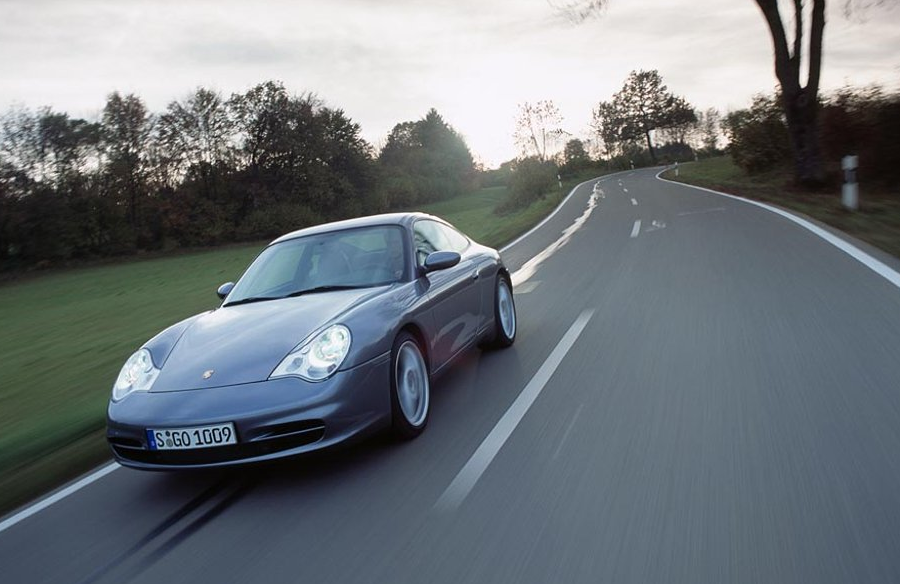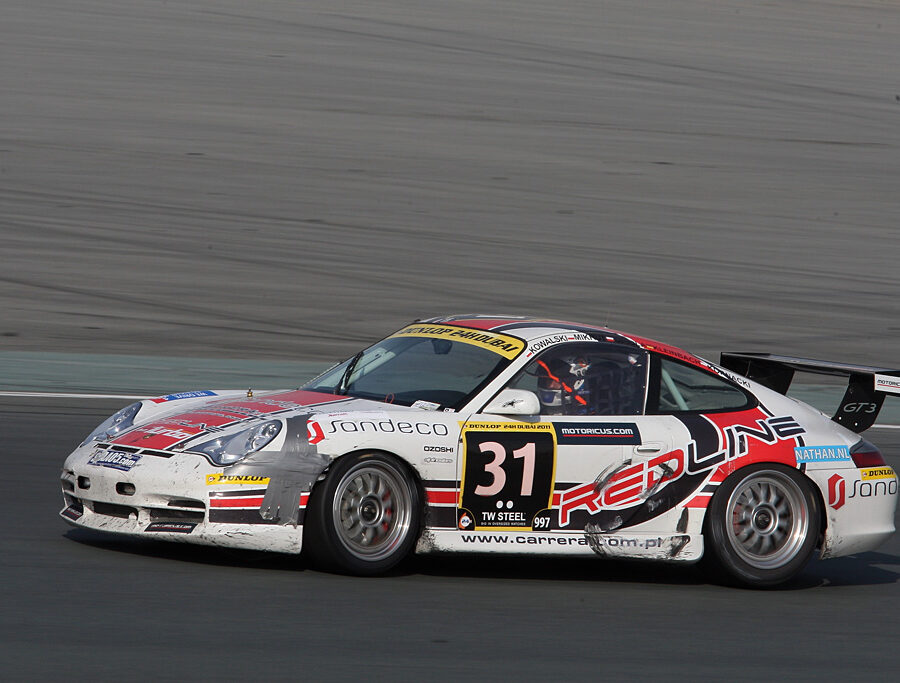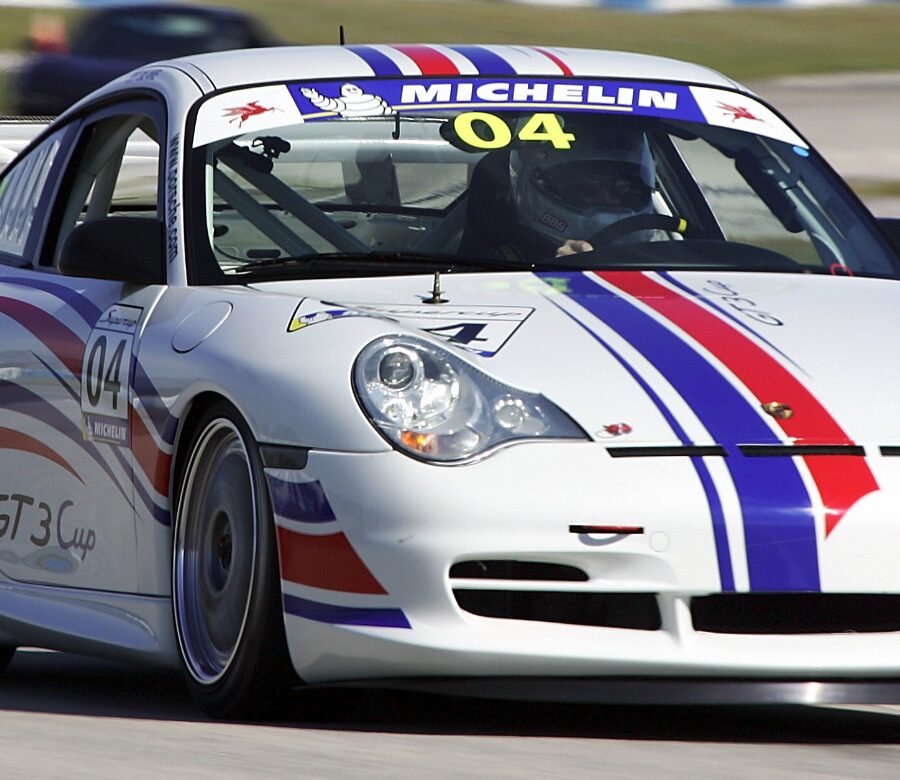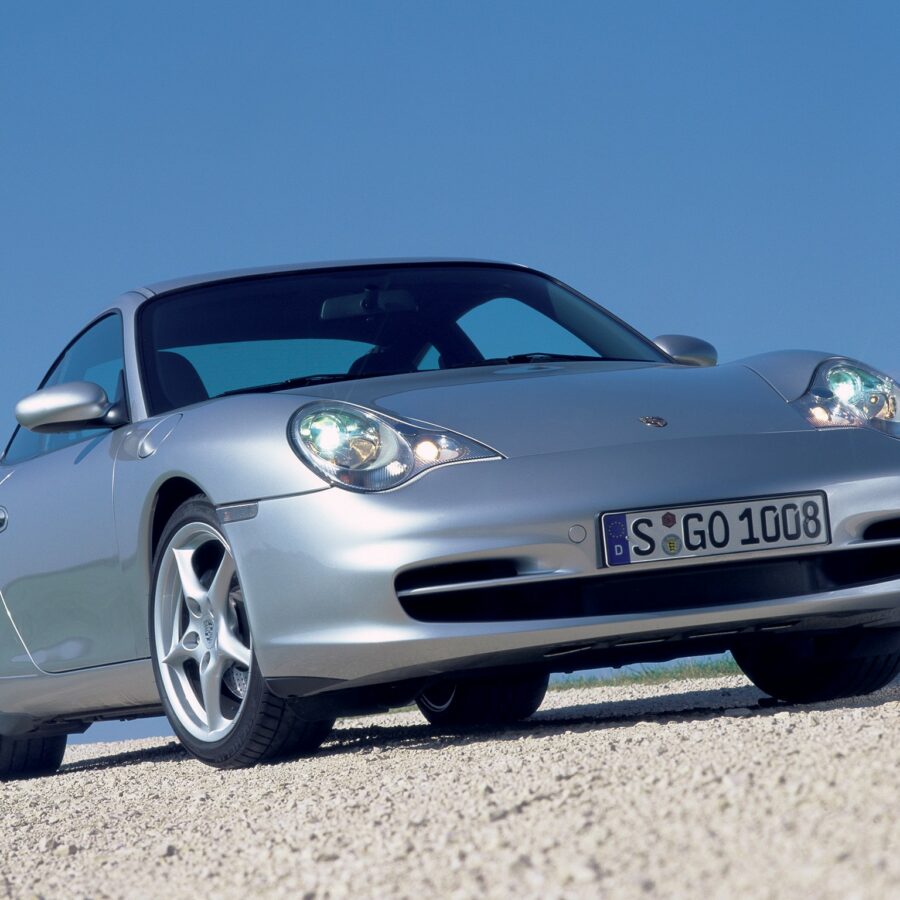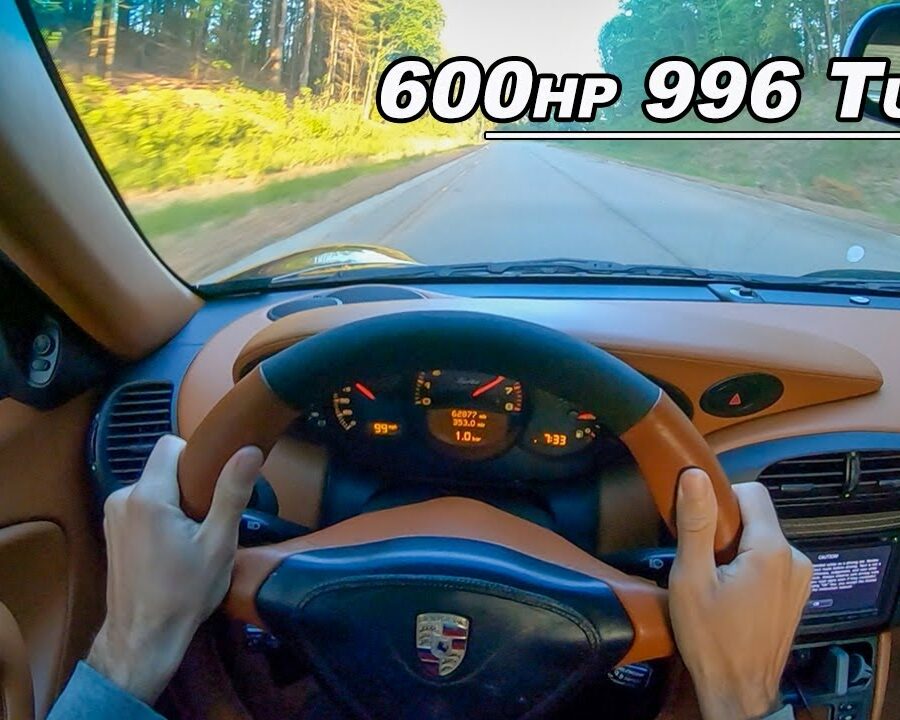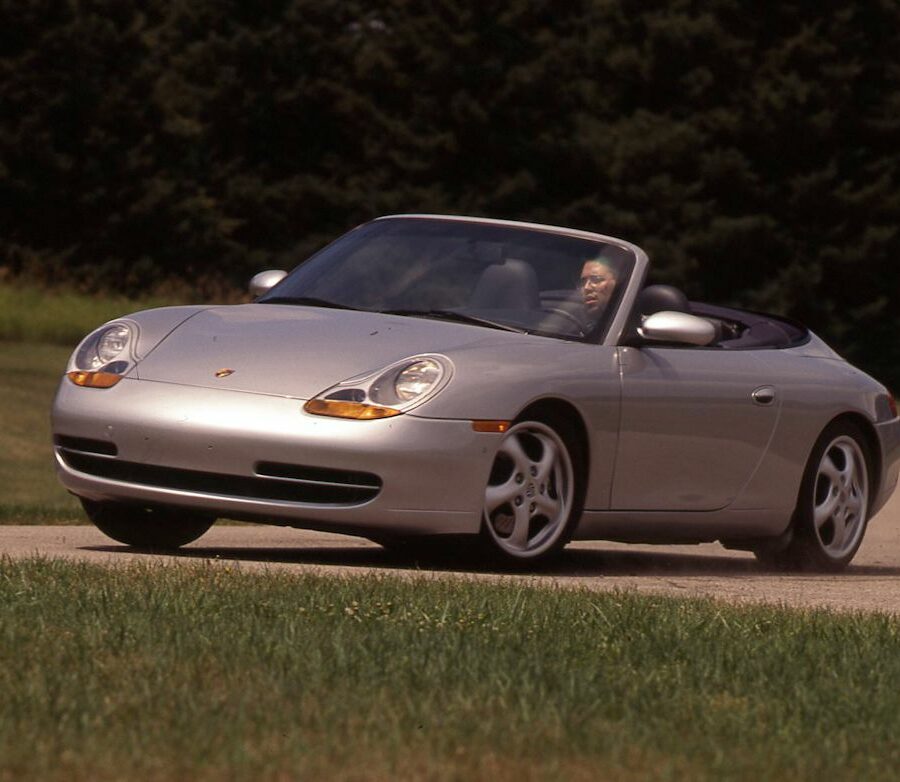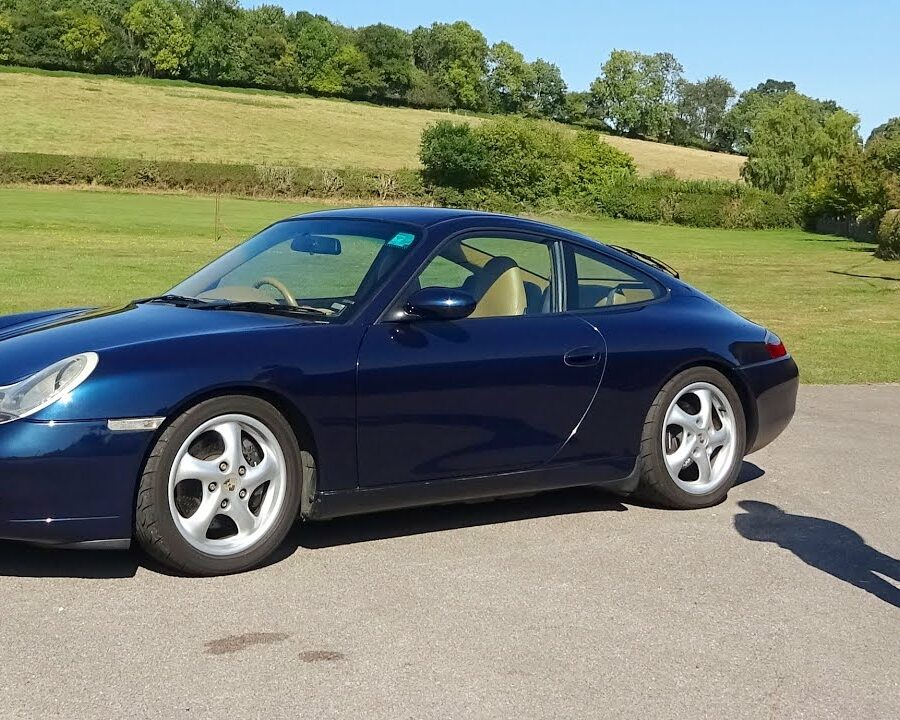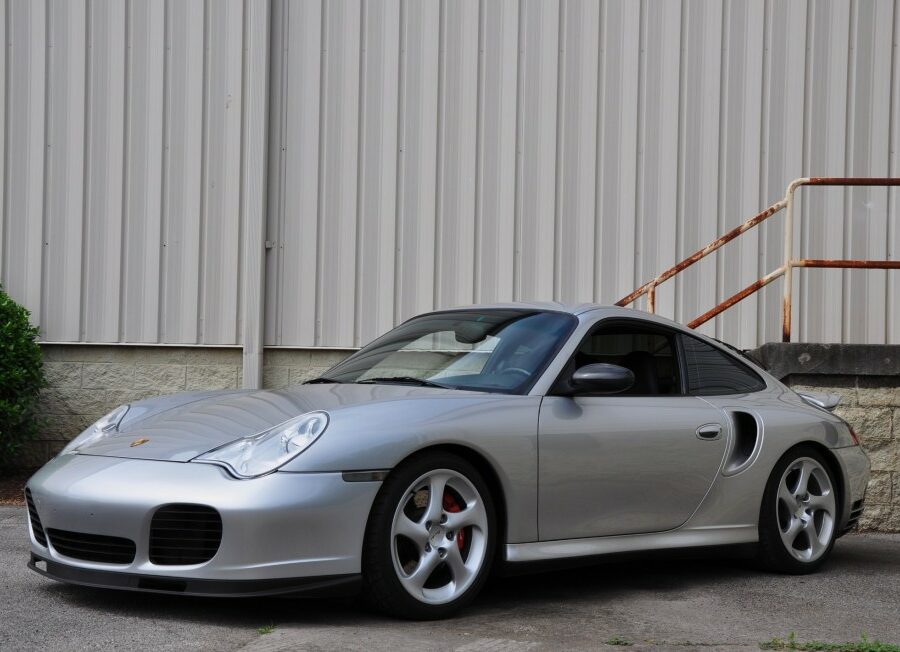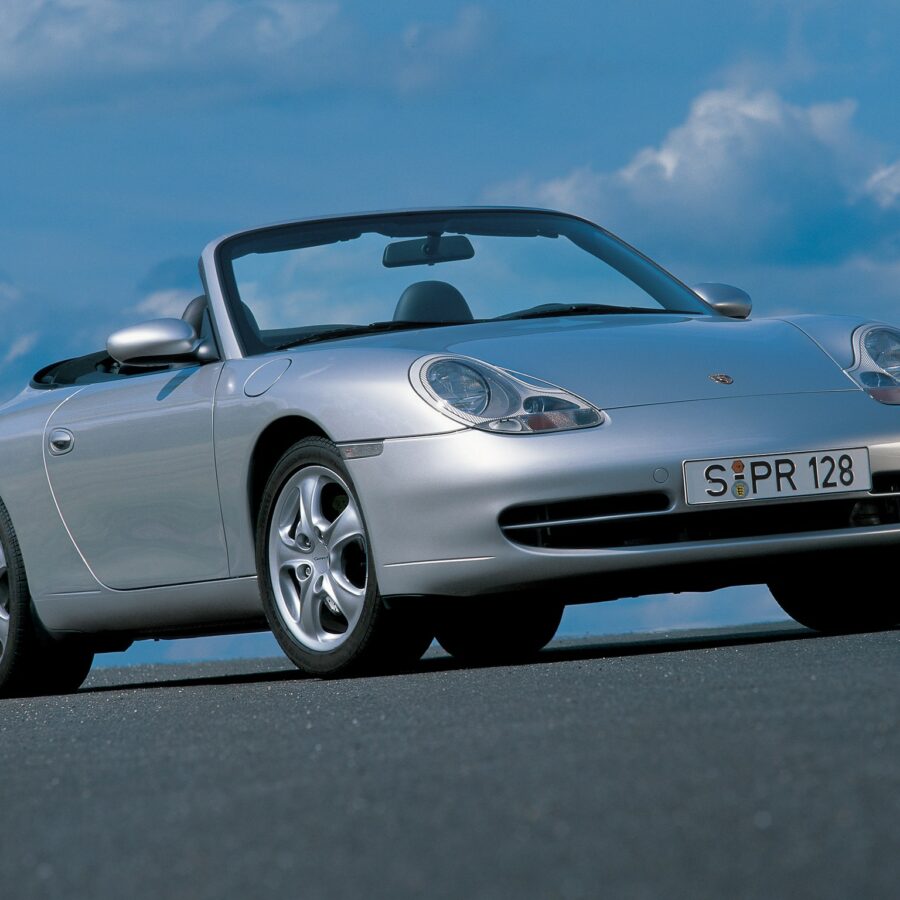Porsche 911 (996)
The introduction of the 911 Model 996 in 1998 ushered in a whole new era for Porsche. Gone was the air-cooled flat six, replaced with an all-new, modern, water-cooled flat-six. The 996 911 was the first redesigned 911 model that didn’t carry over any significant components from it’s predecessors, significant for Porsche at the time as it was known to iterate on the original 911 formula and technology. The 996 was a big deal. It was totally revamped from the inside out. In 1998, the 996 was only offered in coupe and cabriolet versions with either rear-wheel or 4-wheel drive. The Turbo variant appeared in 2001 and came well equipped with a 3.6 L Turbocharged Flat 6 (M96/70), good for 415 bhp. All of the standard models received a minor makeover in 2002 (becoming known as the 996.2 cars), which included Turbo-style headlights, a freshly designed front clip and an increase in engine capacity to 3.6L along with a subsequent 20 hp boost. The bodies were more rigid which further improved handling. See all of our Porsche 996 Research.
Porsche 911 996 (1998 – 2005) – Paint Colors (Exterior & Interior)
Color Options and Samples
Porsche 911 (996) – The Story
The first all new chassis platform since the original 911 and a new water-cooled engine
Porsche 911 996 (1998 – 2006) – Fuses Box Diagram and Amperages List
Carrera, Carrera 4, Carrera S, Carrera 4S, Targa and Turbo
Porsche 911 996 (1997 – 2006) – Service Schedule
Carrera, Carrera S, Carrera 4, Carrera 4S, Targa, Turbo
Porsche 911 996 (MY1998 – 2005) – Sales Brochures
Sales Catalogs for the Type 996 Porsche 911
Porsche 911 996 (MY1998 – 2005) – Part Catalog
Spare Parts Catalog (Porsche PET) for the Type 996 Porsche 911
Porsche 911 (MY 2005) – Equipment & Options Codes
Full list of Equipment & Option Codes Decoder for the 2005 Porsche 911
Porsche 911 (MY 2004) – Equipment & Options Codes
Full list of Equipment & Option Codes Decoder for the 2004 Porsche 911
Porsche 911 (MY 2003) – Equipment & Options Codes
Full list of Equipment & Option Codes Decoder for the 2003 Porsche 911
Porsche 911 (MY 2002) – Equipment & Options Codes
Full list of Equipment & Option Codes Decoder for the 2002 Porsche 911
Porsche 911 (MY 2001) – Equipment & Options Codes
Full list of Equipment & Option Codes Decoder for the 2001 Porsche 911
Porsche 911 (MY 2000) – Equipment & Options Codes
Full list of Equipment & Option Codes Decoder for the 2000 Porsche 911
Porsche 911 (MY 1999) – Equipment & Options Codes
Full list of Equipment & Option Codes Decoder for the 1999 Porsche 911
Porsche 911 (MY 1998) (Type 996) – Equipment & Options Codes
Full list of Equipment & Option Codes Decoder for the 1998 Porsche 911
Porsche 911 GT3 RS (996) (2004)
Defined a new era of super-fast, track-ready cars
Porsche 911 Turbo X50 (996) (2002 – 2005)
X50 Performance Package includes larger K24 turbochargers and intercoolers, a revised ECU and quad exhaust
Porsche 911 GT2 (996) (2001-2005)
Mezger 3.6-liter flat six with rear-wheel drive and amazing performance
Porsche 911 Carrera 4 Millennium Edition (996) (2000)
Millennium Edition models were finished in Chromaflair Violet over a brown natural leather interior
Porsche 911 Turbo (996) (2001 – 2005)
All-wheel drive, twin turbos, and a water-cooled flat-six
Porsche 911 GT3 (996) (2000 – 2001)
The next-step in the evolution of the Carrera RS timeline
Porsche 911 Carrera 4 Cabriolet (996) (1999 – 2001)
The all-wheel-drive system provides between 5-40% of torque to the front wheels depending on the situation
Porsche 911 Carrera 4 Coupe (996) (1999 – 2001)
Coming soon
Porsche 911 Carrera Cabriolet (996) (1998 – 2001)
The Water-Cooled Flat 6 Arrives to The Open Top 911
Porsche 911 Carrera (996) (1998 – 2001)
The Water-Cooled Flat 6 Arrives
Porsche 911 GT3 RSR (996) (2004 – 2005)
For the 2004 and 2005 racing season, Porsche Motorsport used the 911 GT3 RSR. This near-standard racing sportscar aimed to keep private customer teams competitive.
Porsche 911 GT3 RS Race Car (996) (2001 – 2004)
Modeled on the 911 GT3 R, the GT3 RS race cars offered a number of technical improvements
Porsche 911 GT3 R (996) (2000)
In the 2000 FIA GT Championship, the 996 GT3 R was the dominant racer in the new N-GT class and won every run.


